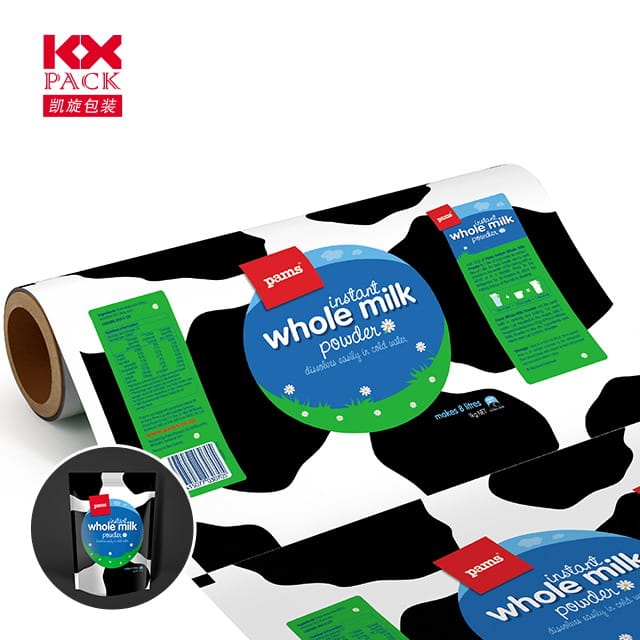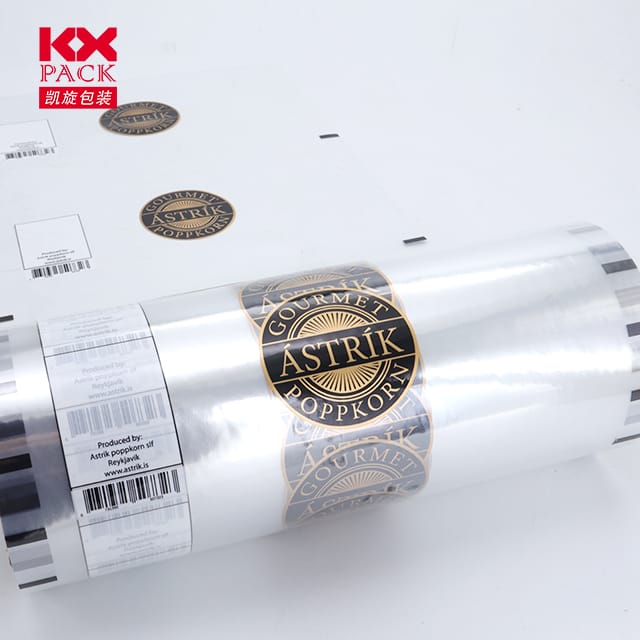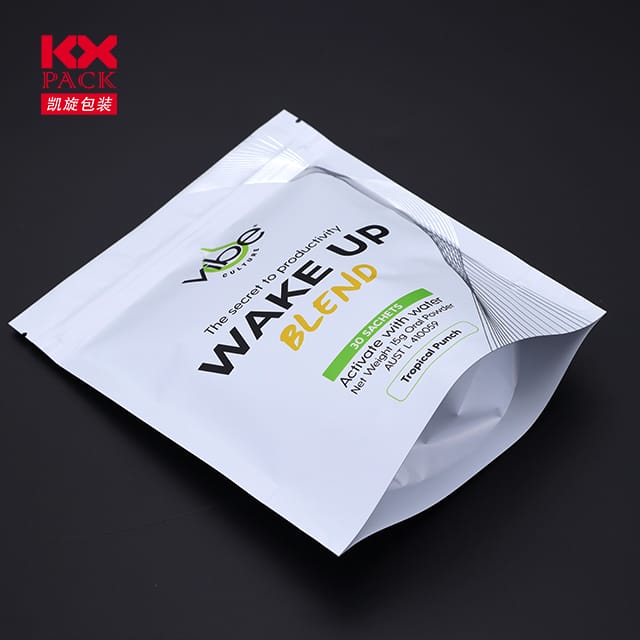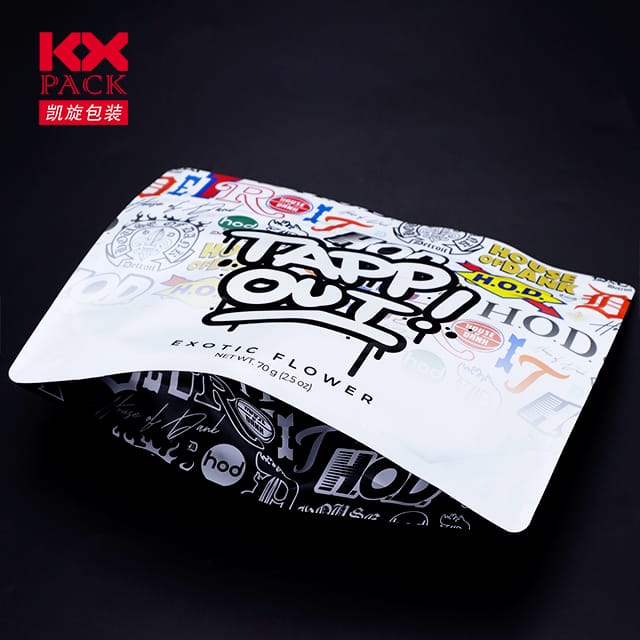Sachet Water Packaging Film: Innovation, Durabilité, et la dynamique du marché
Sachet Water Packaging Film
L'industrie mondiale de l'eau emballée a connu une croissance explosive au cours des dernières décennies, avec de l'eau de sachet - un seul usage, abordable, et solution portable - les marchés dominants à travers l'Afrique, Asie, et l'Amérique latine. Au cœur de ce phénomène se trouve le film d'emballage d'eau Sachet, un matériau spécialisé qui équilibre les fonctionnalités, économie, et l'impact environnemental. Ce blog explore l'évolution technique, Défis de durabilité, et les tendances du marché façonnant l'avenir de l'emballage d'eau Sachet.
1. La montée de l'eau de sachet: Un phénomène mondial
Eau de sachet, généralement emballé dans 500 ml ou 200 polyéthylène ML (PE) ou polypropylène (polypropylène) films, est devenu une bouée de sauvetage dans les régions avec une infrastructure d'eau canalisée non fiable. Au Ghana seulement, sur 40 Les entreprises de fabrication en plastique produisent 26,000 des tonnes métriques de produits en plastique chaque année, avec Sachet Water tenant compte d'une part importante. L'abordabilité de l'eau de sachet (Souvent au prix ci-dessous $0.10 par unité) Et sa commodité a alimenté la demande, en particulier dans les bidonvilles urbains et les zones rurales.
Cependant, Cette prolifération a également déclenché des préoccupations environnementales. Sur 10,000 Des tonnes métriques de produits en plastique finis sont importés au Ghana chaque année, exacerber les défis de gestion des déchets. Une étude au Nigéria a révélé que les microplastiques d'eau de sachet modifient la chimie du sol, Augmenter la résistance aux antibiotiques chez les bactéries, et réduire les concentrations de métaux dans les terres agricoles, Posant des risques pour la sécurité alimentaire et la santé publique.
2. Évolution technique: Des films de base aux solutions haute performance
Le Sachet Water Packaging Film Le marché a évolué pour répondre à la durabilité, Propriétés de la barrière, et coûter. Les films traditionnels reposent sur un PE ou PP unique, Mais les structures multi-couches avancées dominent désormais:
- Composites PET / VMPET / CPP: Utilisé dans les lingettes humides et les emballages alimentaires, Cette structure combine l'animal (polyéthylène téréphtalate) pour imprimabilité, VMPET (polyester métallisé sous vide) pour l'oxygène et la barrière légère, et CPP (en polypropylène coulé) pour la scellage de la chaleur.
- Films à base d'aluminium: Pour les produits nécessitant une durée de conservation prolongée, stratifiés comme animal de compagnie / al / pe (polyester / aluminium / polyéthylène) Offrir une résistance à l'humidité et au gaz supérieurs.
- Options biodégradables: Matériaux émergents tels que PLA (acide polylactique) et les films à base d'amidon visent à réduire les déchets plastiques, Bien que le coût et l'évolutivité restent des obstacles.
Des innovations comme revêtements à barrière et additifs antimicrobiens gagnent également du terrain. Par exemple, Choisissez la bouteille d'eau à base de plantes de l'eau, mais pas un sachet, Démontre le potentiel des doublures internes bio-dégradables associées à des coquilles de papier recyclées. (Sachet Water Packaging Film)
3. Durabilité: Équilibrer la commodité et la responsabilité environnementale
L'industrie de l'eau de sachet fait face à une pression de montage pour adopter les principes de l'économie circulaire. Les principaux défis incluent:
- Recyclage des infrastructures: La plupart des sachets se retrouvent dans des décharges ou des voies d'eau en raison de systèmes de collecte inadéquats. Responsabilité des producteurs étendus du Ghana (EPR) cadre, Bien que naissant, cherche à tenir les fabricants responsables des déchets.
- Innovation matérielle: Des entreprises comme Amcor expérimentent les stratifiés mono-matériaux (Par exemple, Sur / on) pour améliorer la recyclabilité. Réflexe du projet, Une initiative britannique, évalue la recyclabilité des films d'emballage flexibles, visant à créer un système en boucle fermée. (Sachet Water Packaging Film)
- Comportement des consommateurs: Campagnes éducatives et régimes de rendez-vous (Drs) sont critiques. Au Brésil, Les taux de recyclage des sachets se sont améliorés après les partenariats entre les marques et les cueilleurs de déchets. (Sachet Water Packaging Film)
4. Tendances du marché: Expansion mondiale et dynamique compétitive
Le marché mondial des films d'emballage, valorisé à $156.9 milliards dans 2024, devrait grandir à un 6.16% CAGR à travers 2030. Films d'eau Sachet, un sous-ensemble de ce marché, sont motivés par:
- Économies émergentes: Asie-Pacifique domine (59% part de marché), avec des pays comme l'Inde et l'Indonésie adoptant l'eau de sachet comme source de consommation principale.
- Boom du commerce électronique: La montée en puissance des plateformes d'épicerie en ligne a stimulé la demande de poids léger, emballage durable.
- Poussée réglementaire: Des interdictions plus strictes sur les plastiques à usage unique dans l'UE et dans certaines parties de l'Afrique accélèrent R&D dans des alternatives durables.
5. L'avenir de Sachet Water Pack
Prospérer dans une économie à faible teneur en carbone, L'industrie doit prioriser:
- Biodégradables évolutifs: Films compostables rentables qui répondent aux normes de qualité alimentaire.
- Emballage intelligent: Étiquettes et capteurs RFID pour surveiller la fraîcheur et réduire les déchets.
- Modèles collaboratifs: Partenariats public-privé pour construire une infrastructure de recyclage, Comme on le voit dans les programmes de gestion de l'eau de Mondi.
Conclusion
Les films d'emballage à eau de Sachet illustrent la tension entre l'accessibilité et la durabilité. Alors qu'ils fournissent un service essentiel à des milliards, Leur empreinte environnementale exige une action urgente. En embrassant l'innovation, Cadres de politique, et l'engagement des consommateurs, L'industrie peut passer à un modèle circulaire qui protège à la fois la santé publique et les frontières planétaires.
Références: Rapport sur le marché mondial des films d'emballage (Résecteur de direction), Journal Springer sur les microplastiques, Rapports de durabilité Amcor, Choisissez une étude de cas d'eau.







